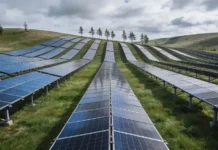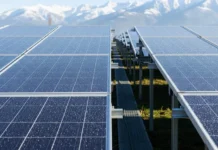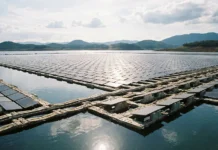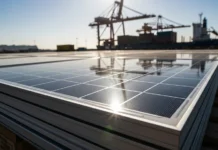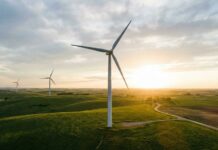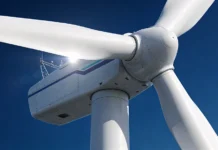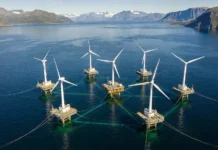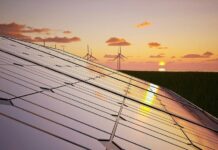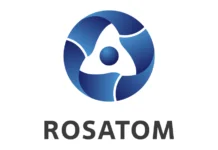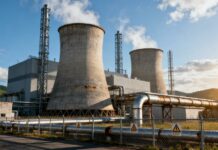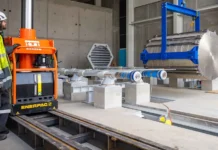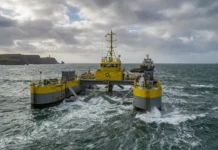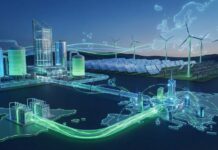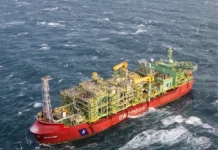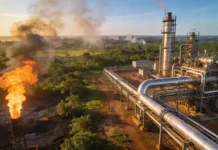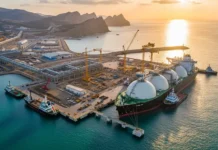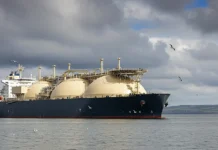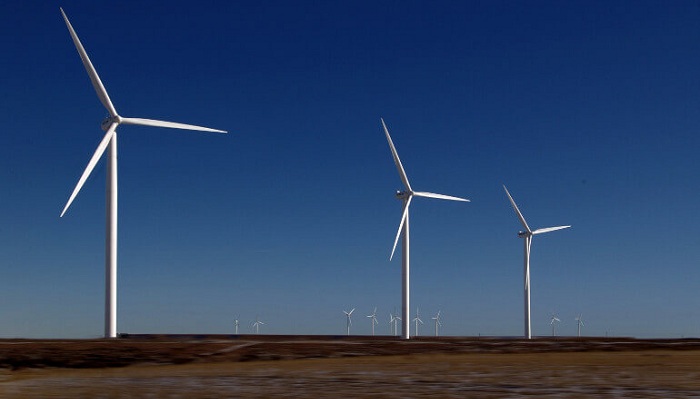With operational wind turbines now a critical part of the global energy infrastructure, establishing an immediate approach to reduce the escalating parts, labour and supply chain bottlenecks caused by COVID-19 is imperative. This is according to ONYX InSight, analytics partner for asset owners and operators.
Currently, wind power makes up 15 per cent of EU energy supply and the global crisis presents short term operational challenges for engineering teams evident in two main areas.
• Labour: Getting crews out onto sites and maintaining peak power production, and doing this safely, is a challenge. Working restrictions have meant that not all maintenance tasks can be completed as crews need to be separated and isolated. The consequence is that many non-essential tasks are being deferred. Hence asset owners and operators are increasingly concerned about the long-term impact that a lack of planned maintenance will have on future turbine performance.
• Components: Many wind industry suppliers are located in those countries hardest hit by C19. Factory shutdowns in places like China and Spain have constrained the supply of parts.
These two factors are further compounded by the forecast turbine parts, labour and supply chain service peak in Q2 and Q3 of 2020 – which will see demand overtake supply and may risk bringing critical energy infrastructure offline.
To avoid this anticipated wind turbine parts, labour and supply chain crunch – and to reduce the anticipated supply chain hold-ups – ONYX InSight is calling on independent operations and maintenance teams, asset managers and engineering departments to openly discuss pressures on purchasing and procurement programmes early in order to better predict and negate future maintenance bottlenecks across the industry.
“Now more than ever we believe it’s critical for asset owners and operators to come together, share experiences and collaborate, in order to maintain operational performance for critical energy infrastructure. We all have to step up at this time,” said Bruce Hall, CEO, ONYX InSight.
“During these unprecedented times, we understand and recognise the importance of being able to monitor and track, and then proactively plan and execute, wind turbine maintenance campaigns and complex engineering schedules. We also recognise that six-month planned operations and maintenance campaigns have effectively been side-lined, as we as an industry work together to combat Covid-19.”
To ensure that asset owners and operators collaborate to maintain peak turbine performance and tackle the looming global parts, labour and supply chain challenge, ONYX InSight has conducted a global survey of O&M leaders across the wind industry to evaluate how they are navigating the C19 crisis.
Bruce Hall continues, “Following a series of direct discussions with owners and operators all around the world, and having collated feedback and thinking from many key industry executives over the course of the past two weeks, we will share some of their key insights and observations, to enable owner operators to more effectively plan and reset 2020 operations and maintenance strategy.
The current exceptional situation playing out across the world can only be combatted through collaboration and a wider understanding. As the renewable energy industry works hard to solve immediate challenges in the form of a significant reduction in planned maintenance, the market must also look to mitigate future power shortfall risks, as a result of unforeseen turbine downtime.


